The ancient art of copying classical paintings, once a cornerstone of artistic training across cultures, now faces an uncertain future. Recent research reveals that only twelve institutions worldwide continue to teach this centuries-old practice as part of their formal curriculum. As contemporary art education prioritizes conceptual innovation over technical mastery, the disappearance of this discipline raises profound questions about how we preserve artistic heritage and train future generations of painters.
In the hushed studios where this tradition endures, students spend months recreating every brushstroke of masterworks by Song Dynasty landscape painters or Renaissance portraitists. This painstaking process, which might involve grinding pigments by hand or preparing canvases according to medieval recipes, represents more than mere replication. "We're not creating forgeries," explains Professor Lin Wei of the China Academy of Art in Hangzhou, one of the last strongholds of the practice. "Our students are learning to think like the old masters - to understand compositional decisions at the cellular level."
The surviving programs form an unlikely geographical constellation: three in China, two in Japan, one in Russia, four across Western Europe, and two in the United States. What unites them is a conviction that direct physical engagement with historical techniques offers insights no digital reproduction or theoretical analysis can provide. At Florence's Accademia di Belle Arti, students preparing their rabbit-skin glue for gesso grounds learn chemistry through Renaissance methods. Kyoto University of the Arts maintains an entire atelier dedicated to reproducing the mineral pigment palettes of Heian-period screens.
Contemporary art educators debate whether such intensive focus on historical techniques remains relevant. "The art world has moved on," argues Berlin-based curator David Müller. "Today's artists need coding skills more than they need to know how to layer egg tempera." Yet practitioners counter that the discipline cultivates irreplaceable skills. Neuroimaging studies conducted at Paris's École des Beaux-Arts suggest that copying complex brushwork activates unique cognitive pathways associated with spatial reasoning and fine motor control.
Financial pressures compound the challenge. Maintaining traditional studios requires expensive materials and small student-teacher ratios. The University of Salamanca closed its copying atelier in 2019 after three centuries, with administrators citing prohibitive costs of Venetian lead-tin yellow pigment. Some institutions have found innovative solutions - Boston's Museum of Fine Arts School partners with conservation departments to fund training, while St. Petersburg's Academy shares its space with a commercial restoration workshop.
The remaining practitioners emphasize the urgency of their mission. As Professor Lin notes, "When the last teacher who can demonstrate how Zhao Mengfu held his brush disappears, that knowledge disappears forever." In Kyoto, students now document their copying processes in 4K video for future reference, creating a digital archive of techniques that were traditionally transmitted hand-to-hand. This marriage of ancient practice and modern technology hints at possible paths forward for the embattled discipline.
Beyond technical skills, advocates argue these programs preserve something more intangible. "There's a meditative quality to spending 200 hours replicating a single lotus petal," says London-based artist Emma Park, who trained in Beijing. "That depth of attention changes how you see the world." As art accelerates into digital realms, these twelve institutions stand as guardians of slower, more tactile ways of knowing - maintaining fragile threads connecting contemporary creators to thirty generations of artistic ancestors.
The future may lie in reimagining copying's role rather than abandoning it completely. Rotterdam's Piet Zwart Institute has begun integrating classical copying into its new media curriculum, having students reproduce Rembrandt drawings before manipulating them digitally. Such hybrid approaches suggest that even as standalone copying programs dwindle, their essence might survive through adaptation. The question remains whether these innovations can preserve the profound material literacy that defined traditional training - or if we're witnessing the gradual sunset of a thousand-year pedagogical tradition.
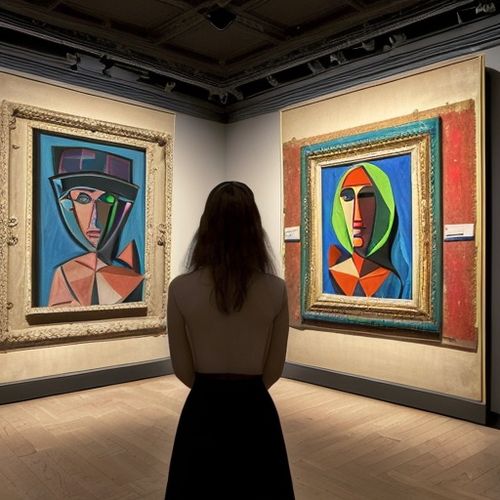
By James Moore/Apr 12, 2025
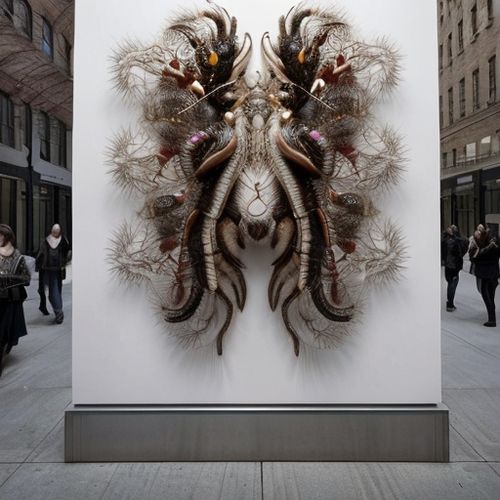
By Grace Cox/Apr 12, 2025
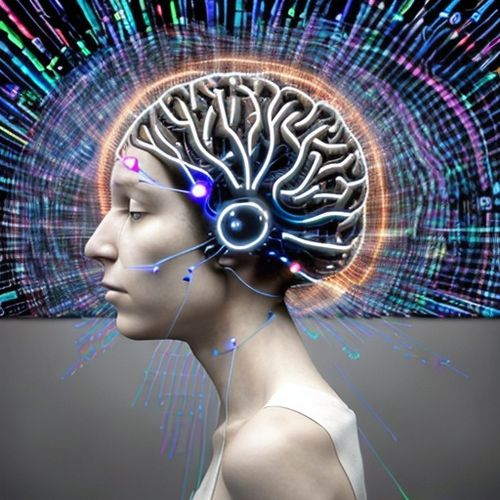
By Ryan Martin/Apr 12, 2025
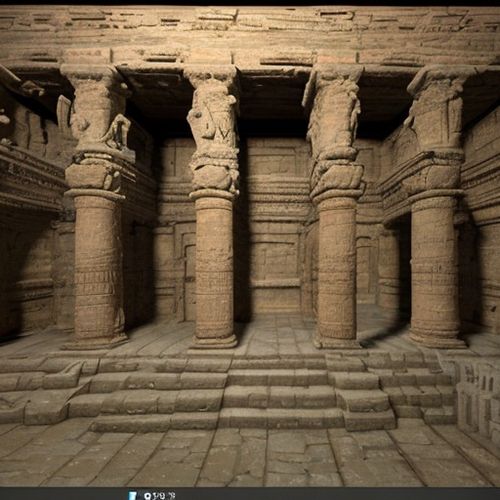
By Lily Simpson/Apr 12, 2025
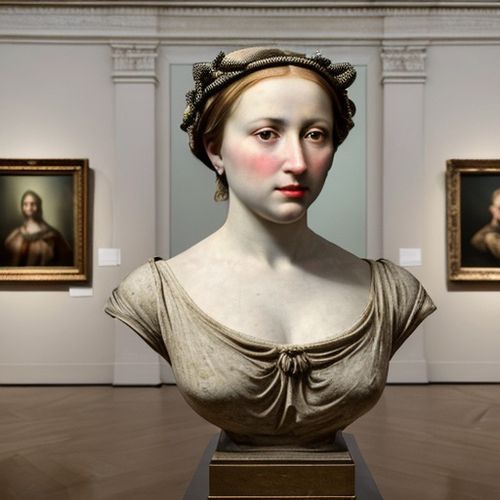
By William Miller/Apr 12, 2025

By Michael Brown/Apr 12, 2025

By Laura Wilson/Apr 12, 2025
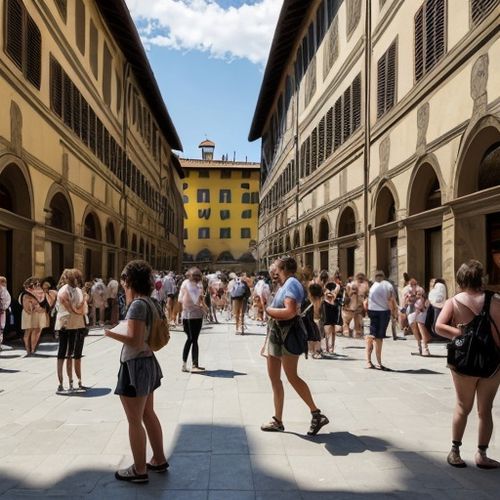
By Emma Thompson/Apr 12, 2025
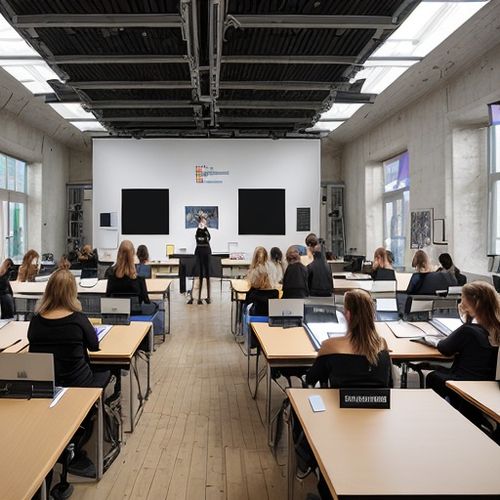
By James Moore/Apr 12, 2025

By Emma Thompson/Apr 12, 2025
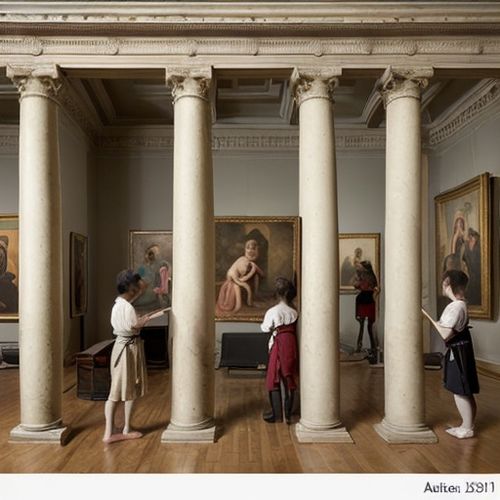
By Ryan Martin/Apr 12, 2025
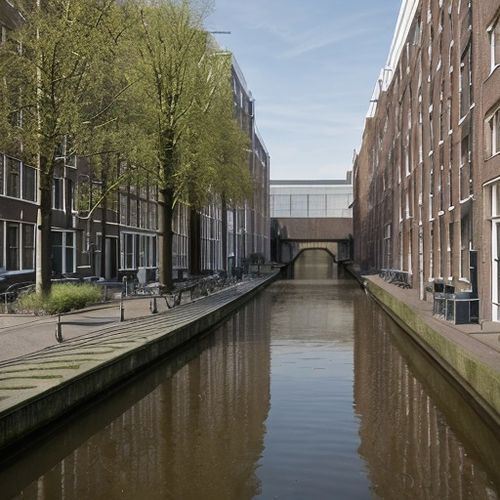
By Victoria Gonzalez/Apr 12, 2025
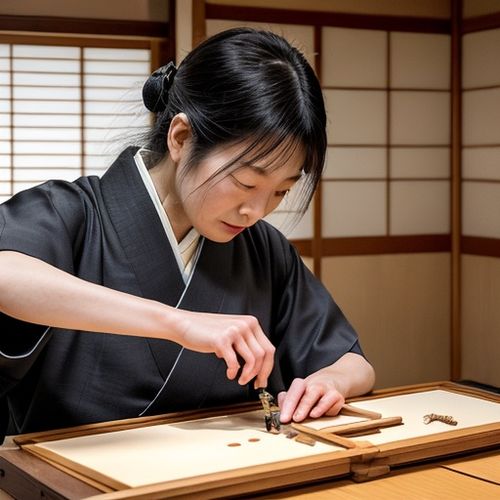
By William Miller/Apr 12, 2025
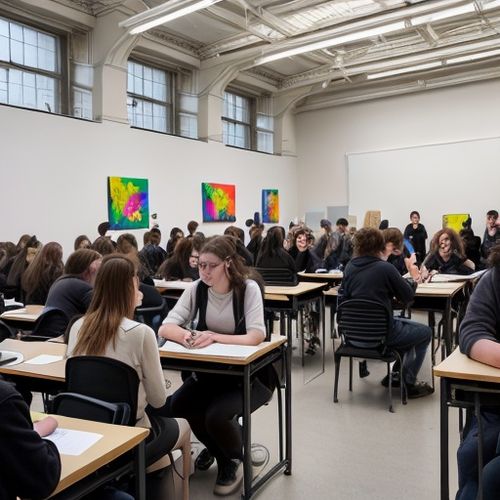
By Grace Cox/Apr 12, 2025
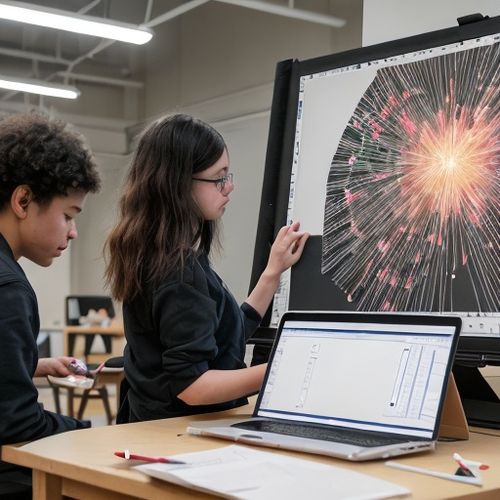
By Sophia Lewis/Apr 12, 2025
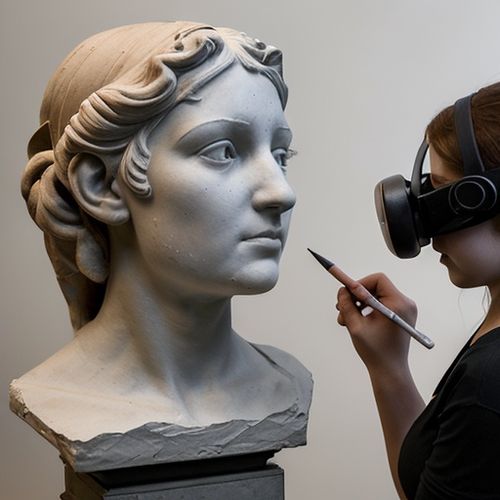
By Amanda Phillips/Apr 12, 2025
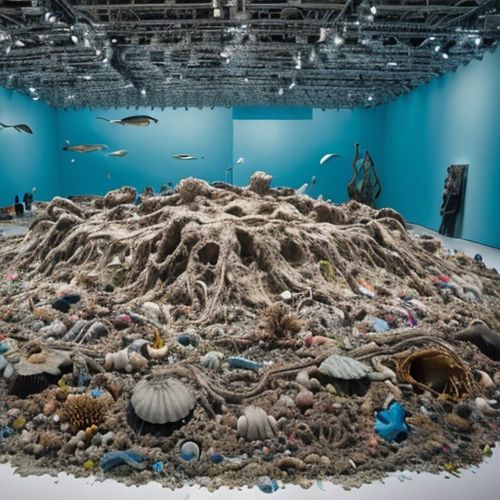
By William Miller/Apr 12, 2025
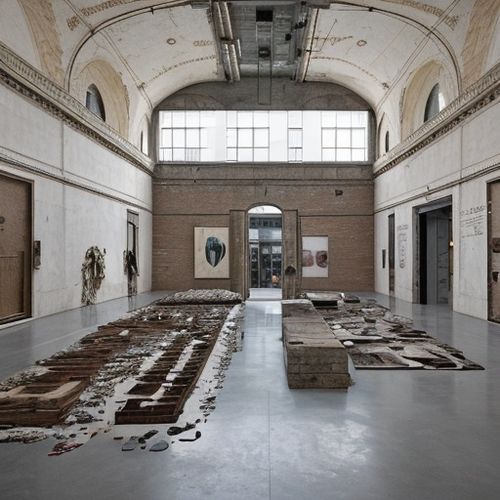
By Sarah Davis/Apr 12, 2025
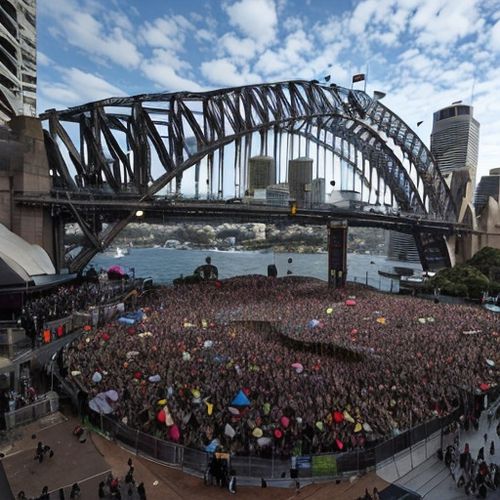
By Jessica Lee/Apr 12, 2025
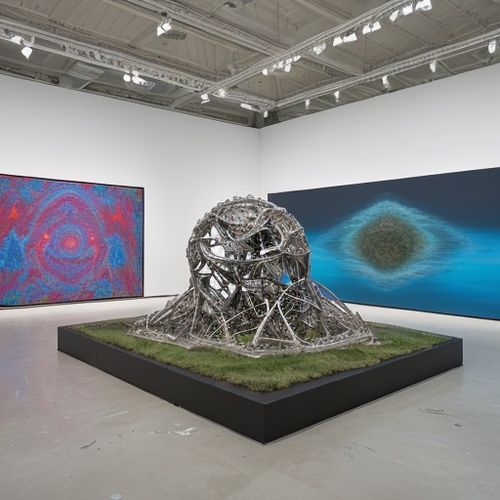
By Emma Thompson/Apr 12, 2025